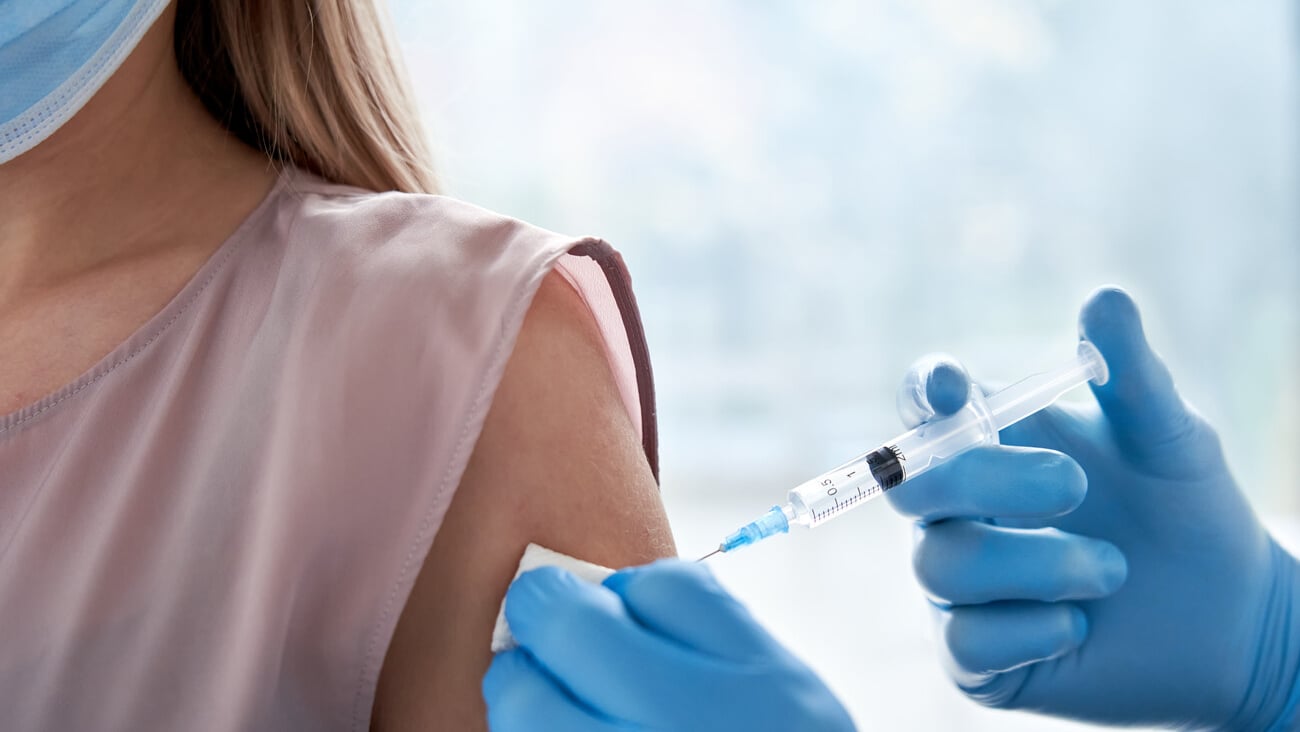A new environment for biosimilars
Biological medicines, or biologics, are now a treatment mainstay for diseases and autoimmune disorders, yet these medications cost tens to even hundreds of thousands of dollars per patient, per year. As demand continues to grow (the market is expected to reach $596.65 billion by 2029), biologics’ impact on rising medical costs needs to be considered.
In 2017, biologics only accounted for 2% of U.S. prescriptions by volume but made up 37% of prescription drug net spend. Notably, the top 10 Medicare Part B drugs in terms of expenditures are all biologics.
Since their introduction, biosimilars (almost identical copies of an original biologic product) brought with them potential cost savings for patients and healthcare systems. In 2017, generics comprised 90% of prescriptions but made up only 23% of prescription spending.
However, in the decade since the regulatory pathway to approve biosimilars was signed into U.S. law, savings materialized slowly. Now, The Inflation Reduction Act is poised to usher in an environment that is more accepting of biosimilars. Enacted in August 2022, the IRA seeks to lower prescription medication costs for Medicare beneficiaries, reduce drug spending by the federal government and change physician economics to boost biosimilar adoption.
In October 2022, the Centers for Medicaid and Medicare Services instituted one of the first provisions of the IRA: a temporary, five-year reimbursement increase for biosimilars. Previously, under Part B’s standard reimbursement, providers lacked incentives to prescribe biosimilars. Cost recovery to the physician for the originator biologic is often higher than a biosimilar, and switching requires administrative work and patient education.
Second, beginning in 2026, the IRA will require the federal government to negotiate prices for some drugs covered under Medicare Part B and Part D with the highest total spending. Medicare Part D and Part B drug spending is highly concentrated among a relatively small share of covered drugs. However, under the new Drug Price Negotiation Program, the federal government is required to negotiate prices with drug companies for biologics without biosimilar competitors that are covered under Medicare Part D (starting in 2026) and Part B (starting in 2028).
Importantly, under the IRA, drugs for which a biosimilar is available will be exempt from price negotiations. Additionally, if manufacturers of reference drugs manage to delay biosimilar entry beyond a two-year window, they won’t be allowed to delay price negotiations and they may have to pay money back to Medicare.
Financial pressure on health plans from IRA provisions may also increase biosimilar uptake. Beginning in 2025, patient out- of-pocket Part D costs will be capped at $2,000 annually, and plans’ share of treatments’ costs above the cap increase from 15% to 60%. A new RAND Corporation study estimates savings from biosimilar adoption to be $38.4 billion, or 5.9% of projected total U.S. spend on biologics from 2021 to 2025. As IRA provisions are activated, the law’s impact on biologics and biosimilars will become more apparent. By using both the carrot and the stick, the IRA may finally bolster the market, increasing uptake of biosimilars to benefit patients and help lower costs.




